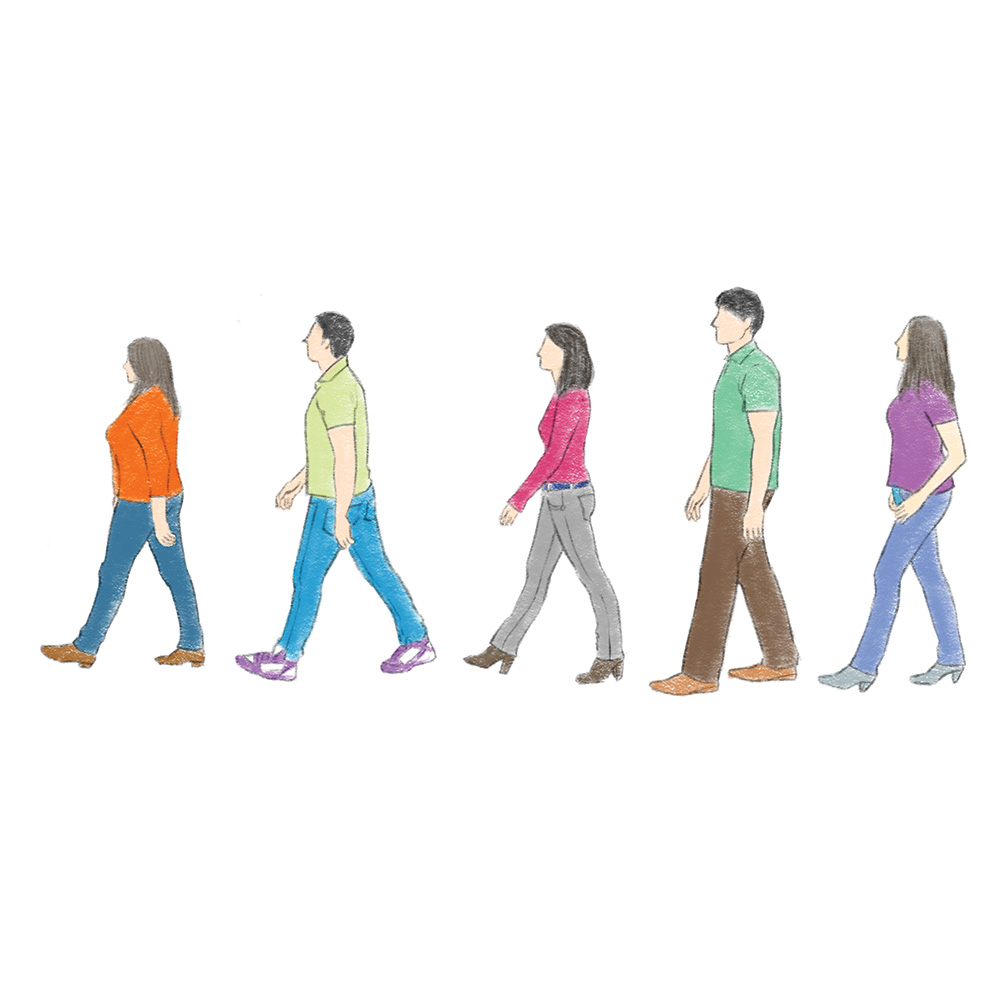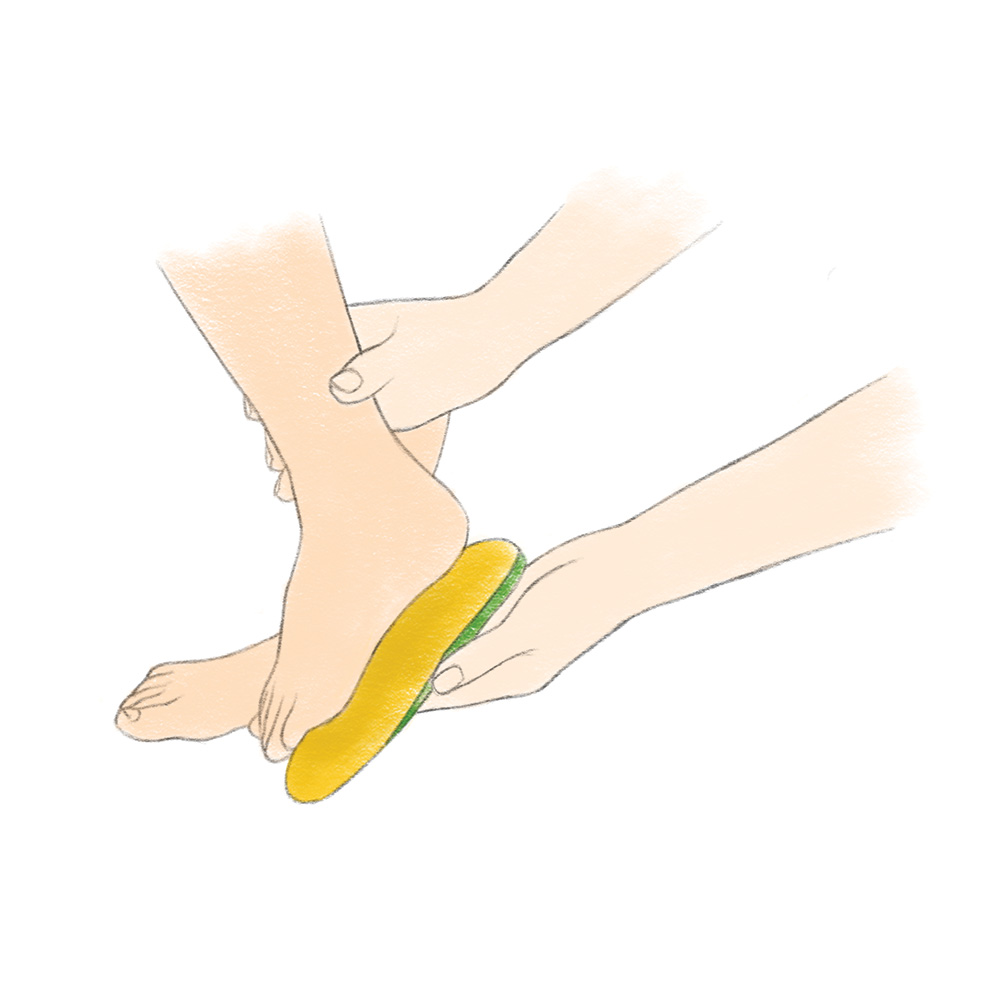Problems in the Foundation: Are Your Feet Causing Your Back Pain?
Occasionally patients come in with low back pain that they describe as happening when they walk or are on their feet. For most back pain patients, it is exactly the opposite. They get some relief with standing and movement, but feel worse when sitting for prolonged periods (and sitting is often part of the cause). The body gives us a strong clue when pain comes with standing or walking. It means we need to look to the foundation…the feet. If we don’t pay attention and treat the foundational problem, no amount of back treatment will resolve the issue.
In these cases, the patient usually has poor foot posture and imbalances in the lower half of the body. They tend to have flat or pronated feet, meaning the feet rotate in. Thus, the ankle and foot joints don’t match up to function properly. This puts pressure on the knee and hip (patients often feel knee and hip pain too). Some patients may also have a leg length difference.

The patient develops problems in the sacroiliac joint. This joint links the iliac bone (pelvis) to the sacrum (lowest part of the spine above the tailbone). It transfers weight and forces between your upper body and legs. This may cause pain and stiffness throughout the area, and particularly low back pain.
This whole system is designed to work efficiently together. However, if there is a flaw in the very foundation, it eventually leads to worsening problems in the other areas.
Evaluating and Treating with Orthotics
After the patient describes the symptoms, we start by observing the gait pattern. We evaluate the posture of the ankle, foot and subtalar joint (one of the main joints of the foot, involved in the tilt of the sole of the foot in relation to the body’s midline, thus key in pronation). Depending on the symptoms, the patient may need an X-ray or MRI to rule out any issues in the knee or hip.
Once those have been ruled out or addressed, the next step is to make a cast of the foot. From the cast, an orthotic maker creates a custom orthotic insert. This is a simple insert worn in the shoe to correct the foot posture. When worn, it puts the lower body back in balance and thus alleviates the pain and secondary problems.
Think of orthotic inserts like eyeglasses or contacts. They are corrective in nature; they do not “cure” the problem. When worn, they correct the imbalance and you feel the results. When they’re not worn, the problem remains and you may feel all the resulting discomfort. Fortunately, orthotics do not need to get in the way of your lifestyle and are an easy “fix”.

Be on the Lookout: Watching for Foot Posture Issues
Foot pronation can often be seen in young children. If you feel that your child has an unusual gait, it is worth getting a professional evaluation. This way, you can rule out any other issues. And, if your child has problems with foot posture, there’s an easy corrective option that could prevent chronic pain and more severe problems.
Foot posture and related problems are typically hereditary, so be especially aware if others in your family have foot problems. People with foot pronation often have bunions, hammertoes and other problems with the toes. If you notice uneven wear on the shoes, that’s a sign of abnormal foot posture.
These problems can be cyclical, as someone with foot issues won’t feel good walking and thus may become more inactive. Unfortunately, many kids today don’t get a lot of exercise and therefore have weak glutes and other muscles. So, their bodies are less able to handle any imbalances and problems progress faster.
Regular health checks should incorporate evaluating the feet, just like we do with the eye exams. We can spot any irregularities and get them corrected easily when done early.
Herman Szeto is chiropractor specialized in pain management and postural restructuring. He offers orthotics consultations to treat a variety of conditions. Contact us to schedule an appointment with him.
